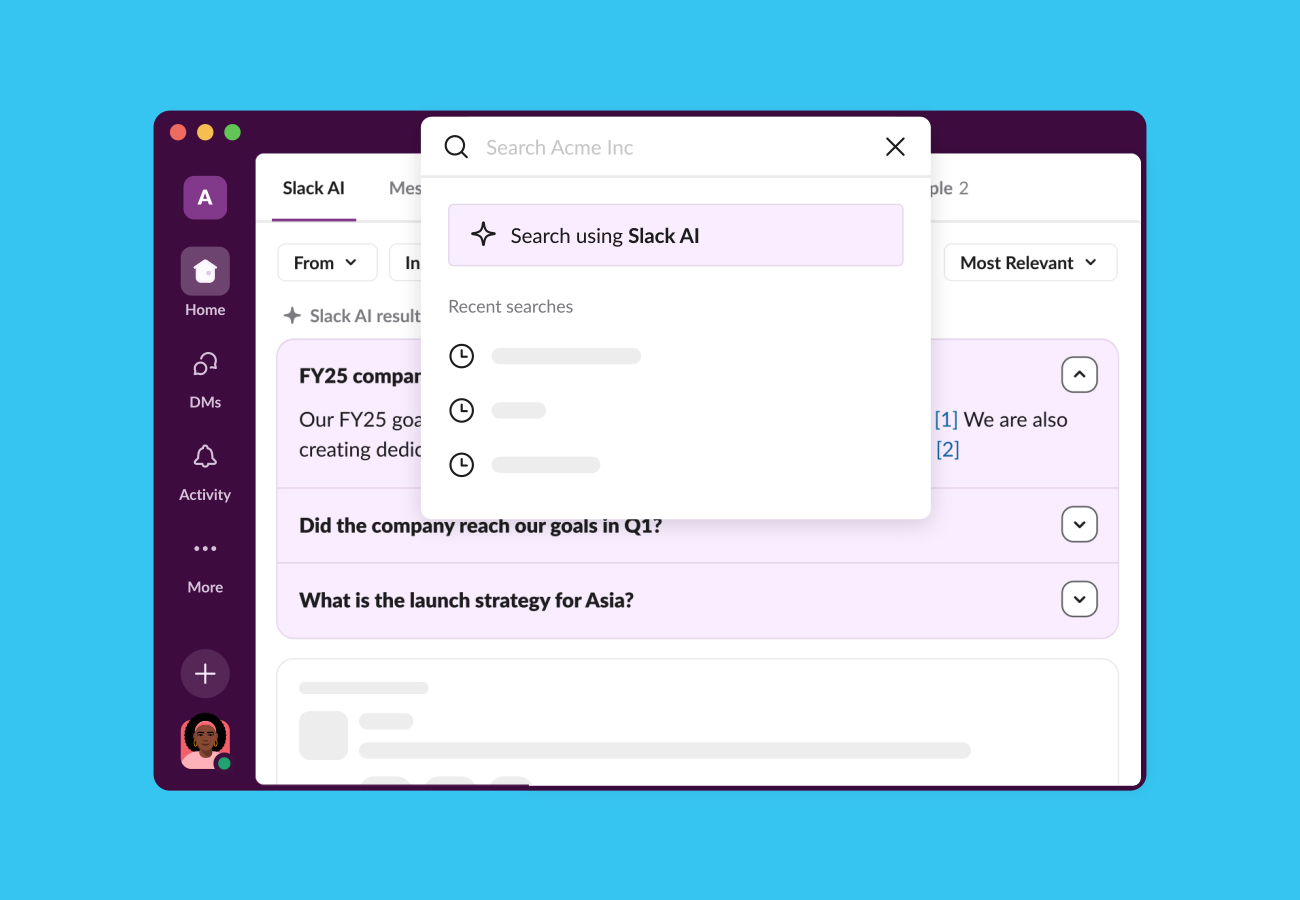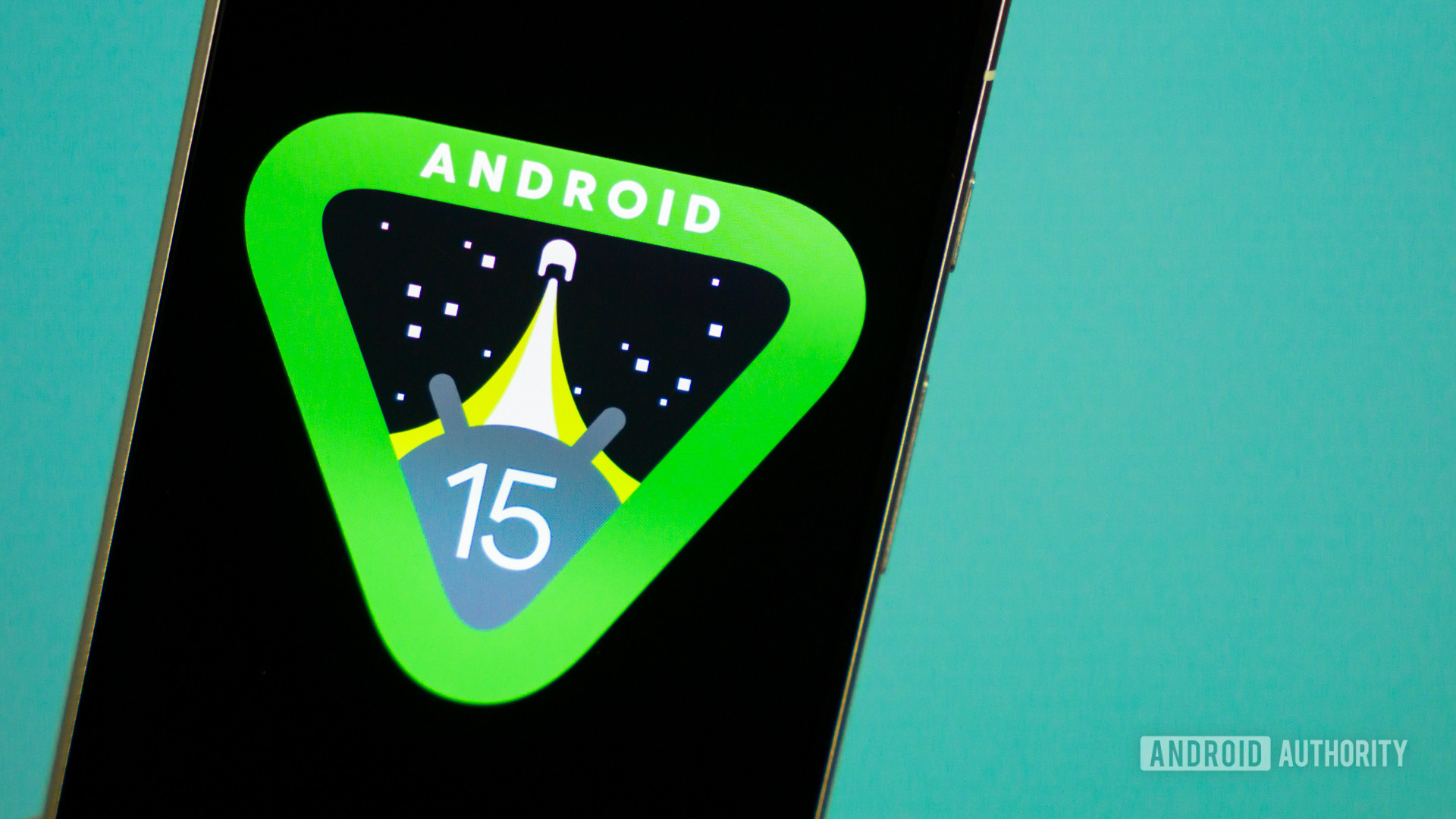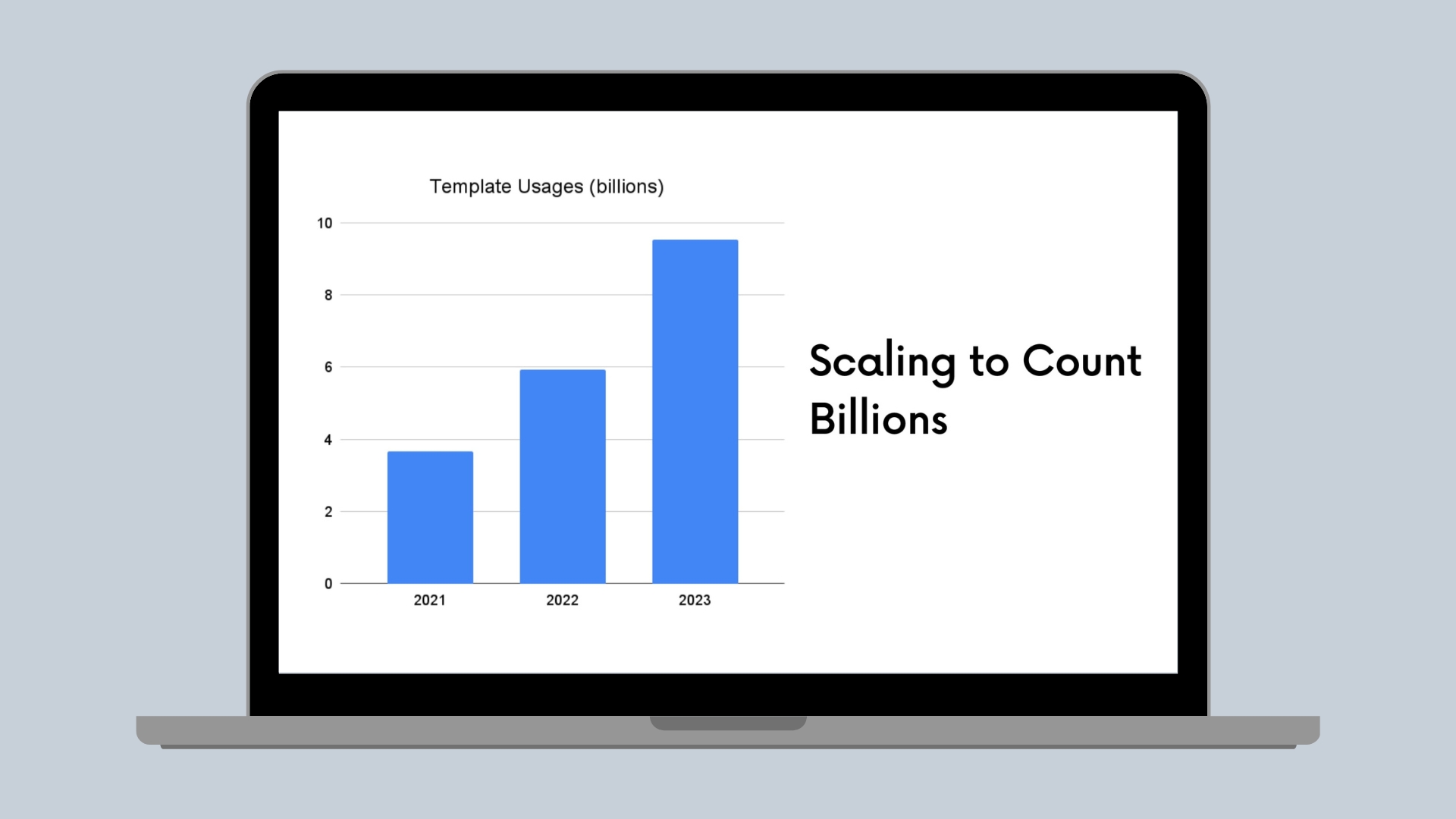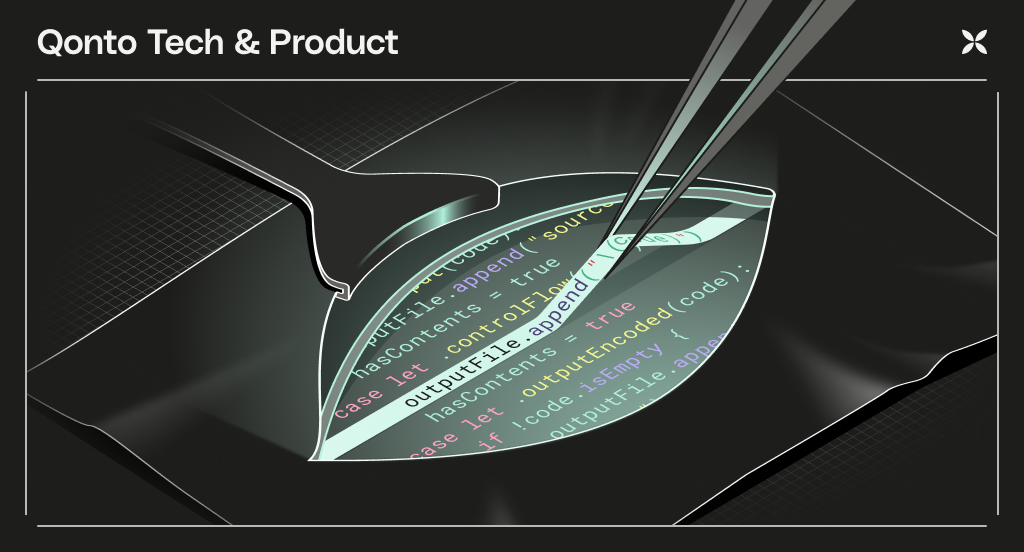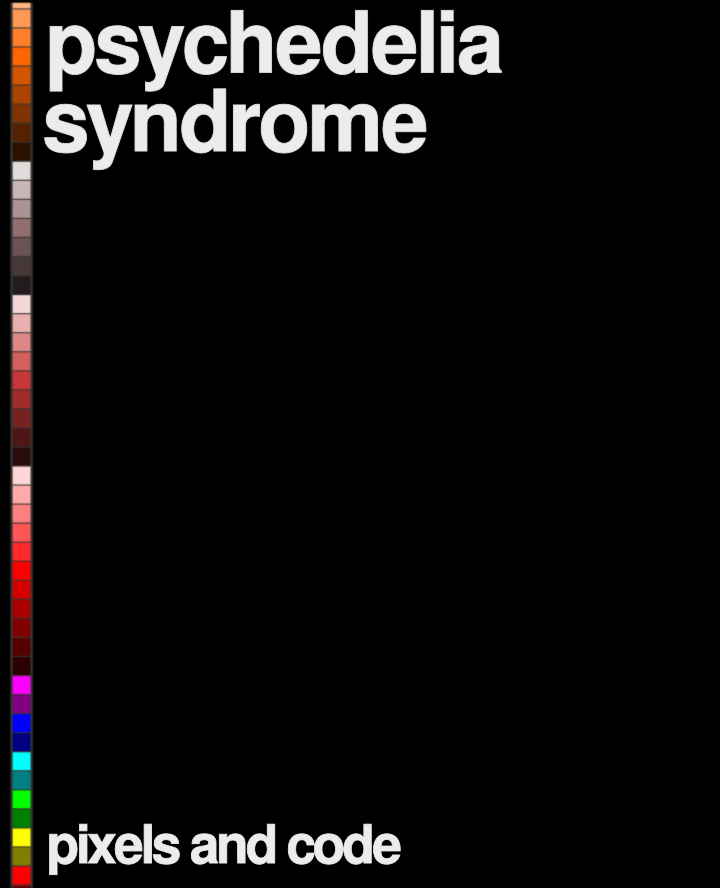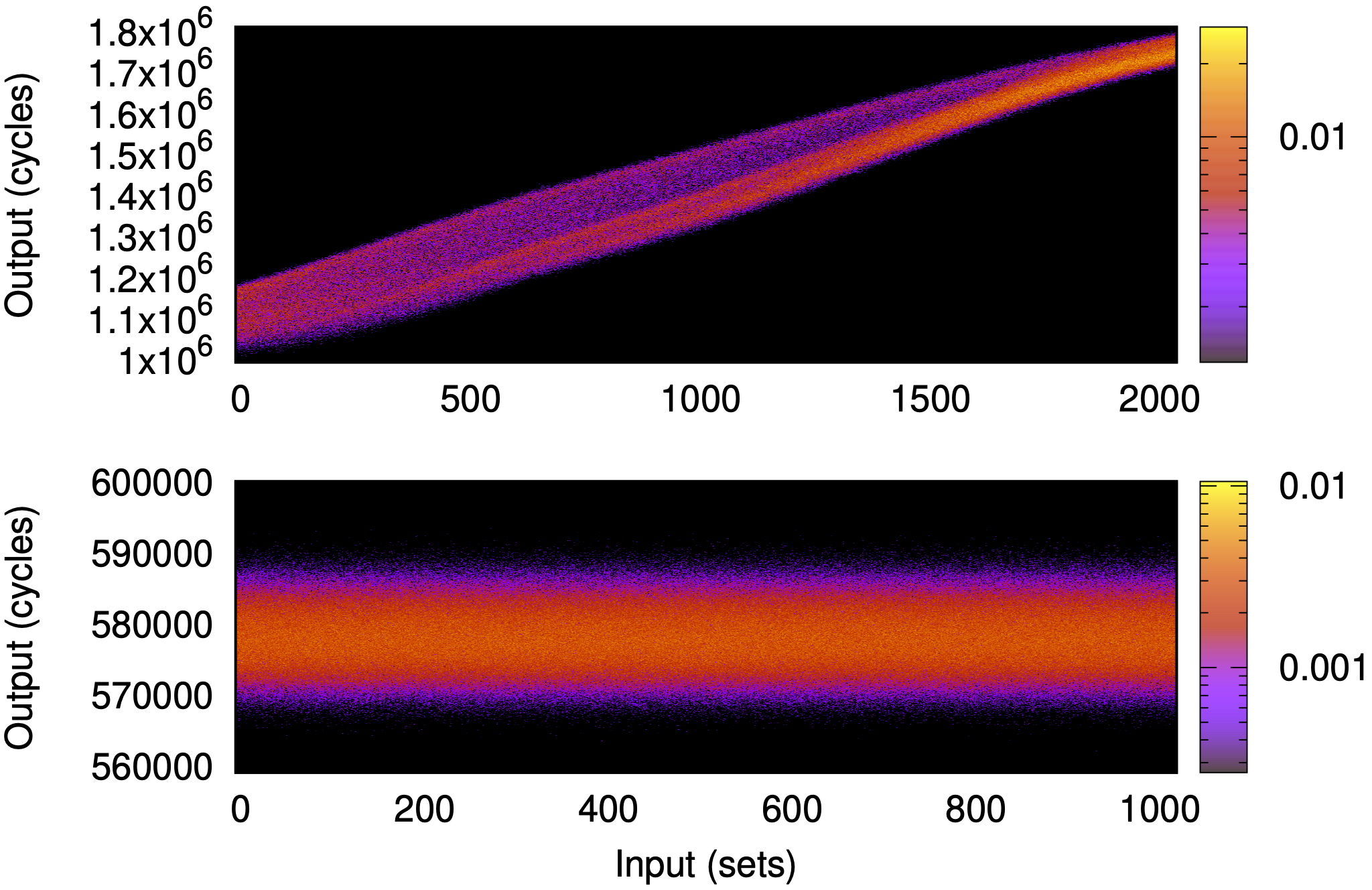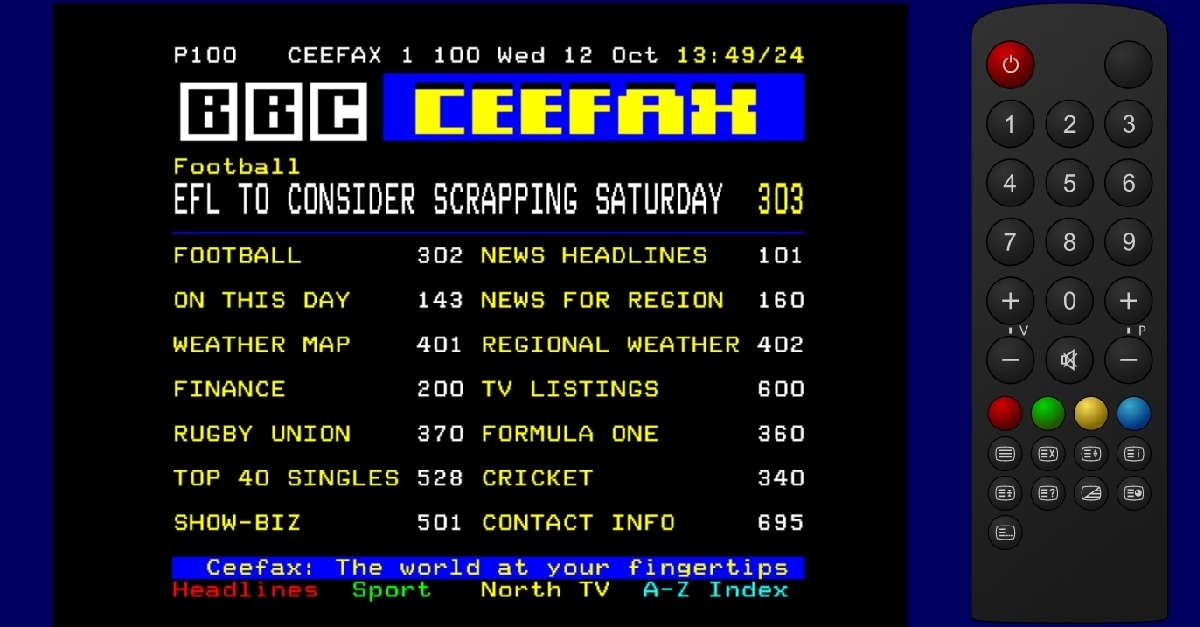Zero one infinity rule
The Zero one infinity (ZOI) rule is a rule of thumb in software design proposed by early computing pioneer Willem van der Poel.[1] It argues that arbitrary limits on the number of instances of a particular type of data or structure should not be allowed. Specifically, an entity should either be forbidden entirely, only one should be allowed, or any number of them should be allowed.[2] Although various factors outside that particular software could limit this number in practice, it should not be the software itself that puts a hard limit on the number of instances of the entity.
Note that violations of this rule of thumb do exist: for example, some file systems impose a limit of 65,536 (i.e. 216) files to a directory.[3]
Of course, the Zero-One-Infinity Principle was intended as a design principle for programming languages, and similar things, in order to keep them cognitively manageable. I formulated it in the early 70s, when I was working on programming language design and annoyed by all the arbitrary numbers that appeared in some of the languages of the day. I certainly have no argument against estimates, limits, or numbers in general! As you said, the problem is with arbitrary numbers. I don't think I used it in print before I wrote my 1983 PL book. Dick Hamming encouraged me to organize it around principles (a la Kernighan & Plauger and Strunk & White), and the Zero-One-Infinity Principle was one of the first. (FWIW, the name “Zero-One-Infinity Principle” was inspired by George Gamow’s book, “One, Two, Three… Infinity,” which I read in grade school.) [4]






